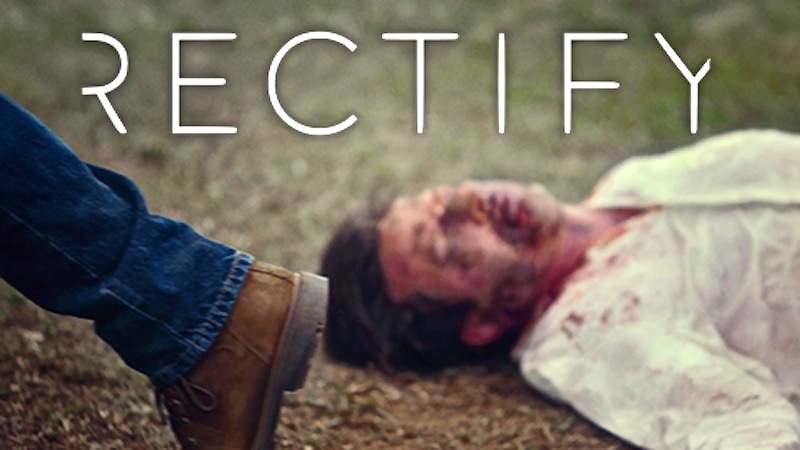Our Violent Muse
Jayne English
 The universe is no narrow thing. - Cormac McCarthy, from Blood Meridian
The universe is no narrow thing. - Cormac McCarthy, from Blood Meridian
Violence is a fitting theme for depravity. It paints lavish images of darkness in books like Cormac McCarthy’s Blood Meridian, and NBC’s new drama about Blackbeard, Crossbones. I've been following Sundance’s Rectify since last year, its first season. While the violence makes it difficult for me to stay with it, I keep returning because the characters and story are intriguing, the same reason I stayed with the other titles I mentioned.
In Rectify, Daniel Holden has just been released from death row after 19 years for the death of his 15-year-old girlfriend, Hanna. New DNA evidence clears him and he awkwardly attempts to re-enter relationships with his family and small community. At the end of season one, a group who knows the truth of Hanna’s murder leaves Daniel beaten nearly to death.
I look for something redemptive in a violent book or show and I wonder if the writers of Rectify will use the violence to point to something beyond itself. But do they need to?
When Harold Bloom speaks of the violence in Blood Meridian, he doesn't talk about it in redemptive terms. Bloom says, “The violence is the book. The Judge is the book, and the Judge is, short of Moby Dick, the most monstrous apparition in all of American literature. The Judge is violence incarnate...the book is the ultimate dark dramatization of violence.”So he says the book dramatizes violence, but he doesn’t unpack any insights for us about the violence.
Violence can point to something greater, and artists have used it in this way for centuries. In his book Faith, Hope and Poetry, Malcolm Guite talks about the Old English poem The Dream of the Rood. The poet was intent on explaining the gospel to Saxon warriors. He used a myth his audience was familiar with (about violence Odin endured on the tree Yggdrasil) to shed light on the violence Christ suffered on the cross. By doing this he in a sense redeems the violence for a significant purpose.
David Lynch did a masterful job of bringing redemption our of violence in Twin Peaks. I’ll try not to give away the story, but the rescue of the last victim in a line of serial murders involved sacrifice. Does sacrifice have to occur for violence to be considered redeemed? Maybe the writer/director doesn’t exactly have spreading the gospel as a goal, but is the gospel inherent in a myth or story that shows sacrificial rescue?
I love this phrase the Anglo-Saxon poet uses in his poem: “forwunded mid womum.”Guite translates it as “deeply wounded by defilement.”Mankind’s defilement does wound, very often through violence. The violence of prison life and violence done by a handful of the town’s people in Rectify is a fitting frame to see not just Daniel who is wounded by defilement, but his family, and the ones who are wounded by their own violence against Daniel. Should the use of violence in Rectify be redemptive? Is it enough for it to be a metaphor for depravity? If so, is there a line between gratuitous violence and violence that portrays depravity?